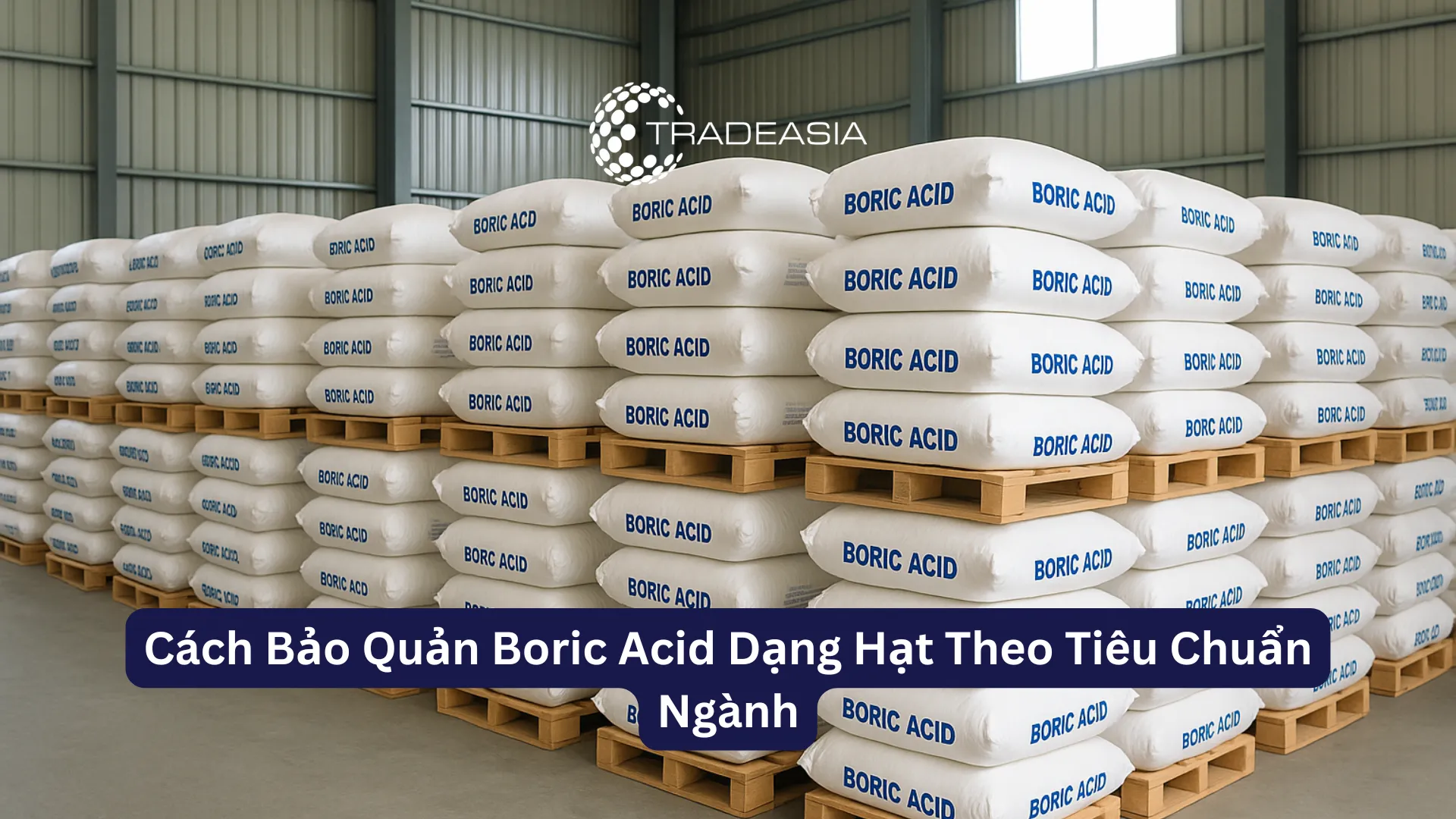Latest Articles


Soap and Detergents
Cách Bảo Quản Soda Ash Light: Hướng Dẫn Toàn Diện Theo Tiêu Chuẩn Công Nghiệp
June 22, 2025

Palm Derivatives
Stearic Acid Market Outlook 2025: Navigating Price Trends and Demand Dynamics
June 05, 2025